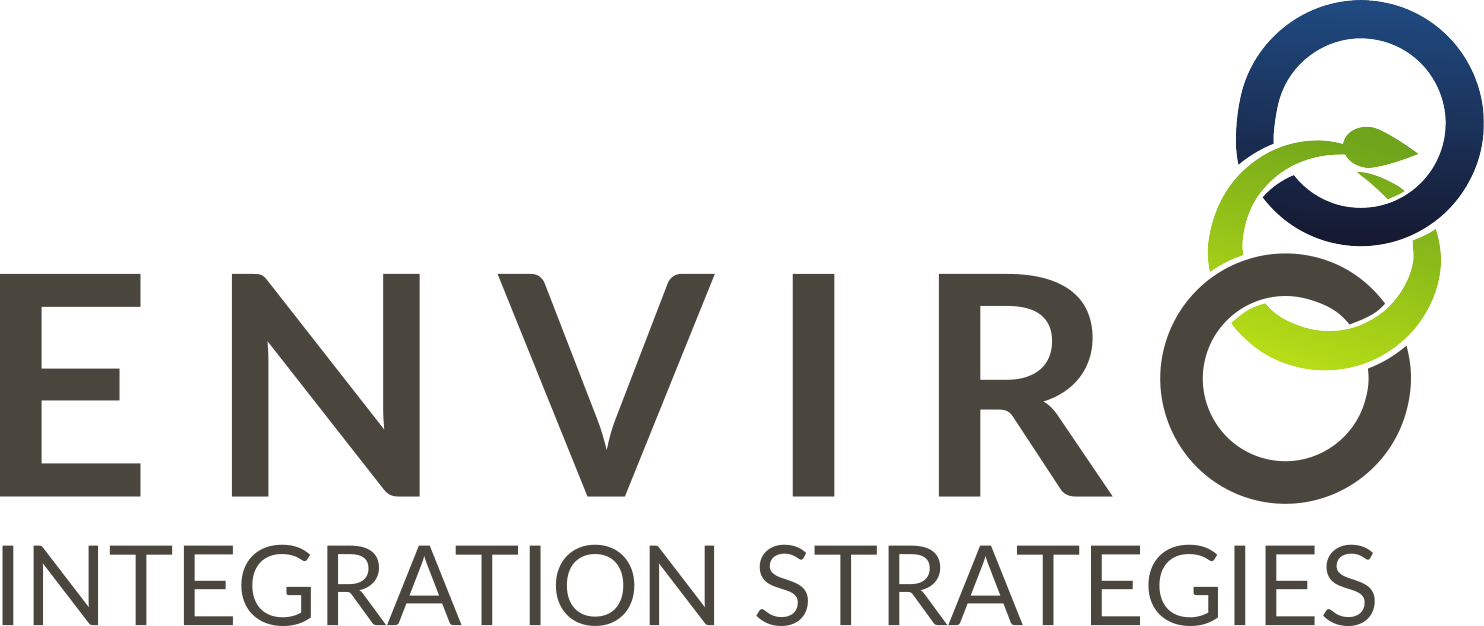Ignoring the Potential...
Tailings. One of those parts of the mining business that everyone loves to hate.
External stakeholders see them as large, ugly ponds of toxic sludge, fearing their presence, fighting against their development. Not in my backyard.
And to the mining business, tailings make up a significant cost- unfortunately being something that no conventional mine has ever been able to eliminate.
When our grades are ever decreasing, and tailings volumes continue to climb for every ounce of ore extracted. When our dam heights continue to rise and expand in order to contain them. As their surface areas substantially grow. And as we struggle to find ways to successfully reclaim and close them once our operations cease.
They are the waste, the end product of mining, that no one wants.
But does it need to be this way?
Tailings are a passion of mine. Exposed to tailings very early in my education and career journey, I was lucky enough to spend time working with and learning from some well known experts, as well as some fairly unique projects. Tailings, characterizing their makeup, and figuring out how they function, can be fascinating work.
Early in my career I heard a lot about work to thicken and transport tailings more effectively and efficiently. I heard about drying technologies that might allow their compaction and dry placement for greater stability and downsizing, or even elimination, of containment dams. And I heard about tailings-wasterock co-disposal pilot tests which were shown to reduce environmental issues associated with both waste volumes.
I know some work has progressed in this sense areas. But in how many operations have these been taken advantage of? - Not many, at least as viewed in the publics' eyes ...
And why has such activity lost so much attention?
Our risks have not disappeared. Tailings, as we know, offer one of the biggest risks we need to manage, the risks that survive in perpetuity, the ones that can cost so much if things go wrong.
Failures continue to occur, and these gain much attention. By the public, and by industry too.
But it is inevitable that more will continue - why?
Because we aren't changing our practices. Because those dams will be there forever, and because the people who know them well, who helped build them, and who know how they need to be managed, will not.
I find that over the years, I've heard less and less about innovations in tailings, and more and more about optimizing processes and extraction, even though they really go hand in hand.
Why do we continue to ignore the potential for value and innovation in tailings management? In their generation? In their mere presence!?
Why are we not using innovations in extraction, thickening and drying to reduce our volumes of tailings? Into geochemically and geotechnically stabilizing these materials and making them safe to not just store, but use, these materials? Into segregating and engineering value-add products from our masses of residual minerals? And into diminishing the mass that needs to be stored on site indefinitely?
In attending CIMs MeMO event in Saskatoon last week, I was disappointed to see very little attention paid to tailings.
I'm hoping that I'll see and hear more at this week's Mines and Technology conference in Toronto, but after one day, I am not certain I'll find it there.
Tailings is not a topic of interest for the majority, even though it holds so much power within our industry. But as the theme for Mines and Technology is innovation, I'll be asking some of these questions when I moderate the panel on tailings management on October 4th.
We need to start thinking differently about our wastes. Looking to the future, and collaborating to become part of the circular economy. Finding the full potential value within our developments. Finding ways to derive value from our wastes, as opposed to stored liabilities.
Ignoring this opportunity not only handcuffs our operations with these serious and growing risks and potential liabilities, it begins to impact the feasibility of our industry.
The world is finding ways to replace many materials currently in use, every day, and with far less potential impact on the earth. And ultimately, there are many who would see mining eliminated, people who often have deep pockets and loud voices.
Could they have an impact on business?
Too far off, you say, to think about it?
In my opinion, the sooner we start thinking about these risks, the better. If we want to continue mining, without battling to do so, we should use the materials we produce more wisely and show what responsible mining can really look like!
I'd love to hear your thoughts. What do you think is possible? Realistic? Feasible?
